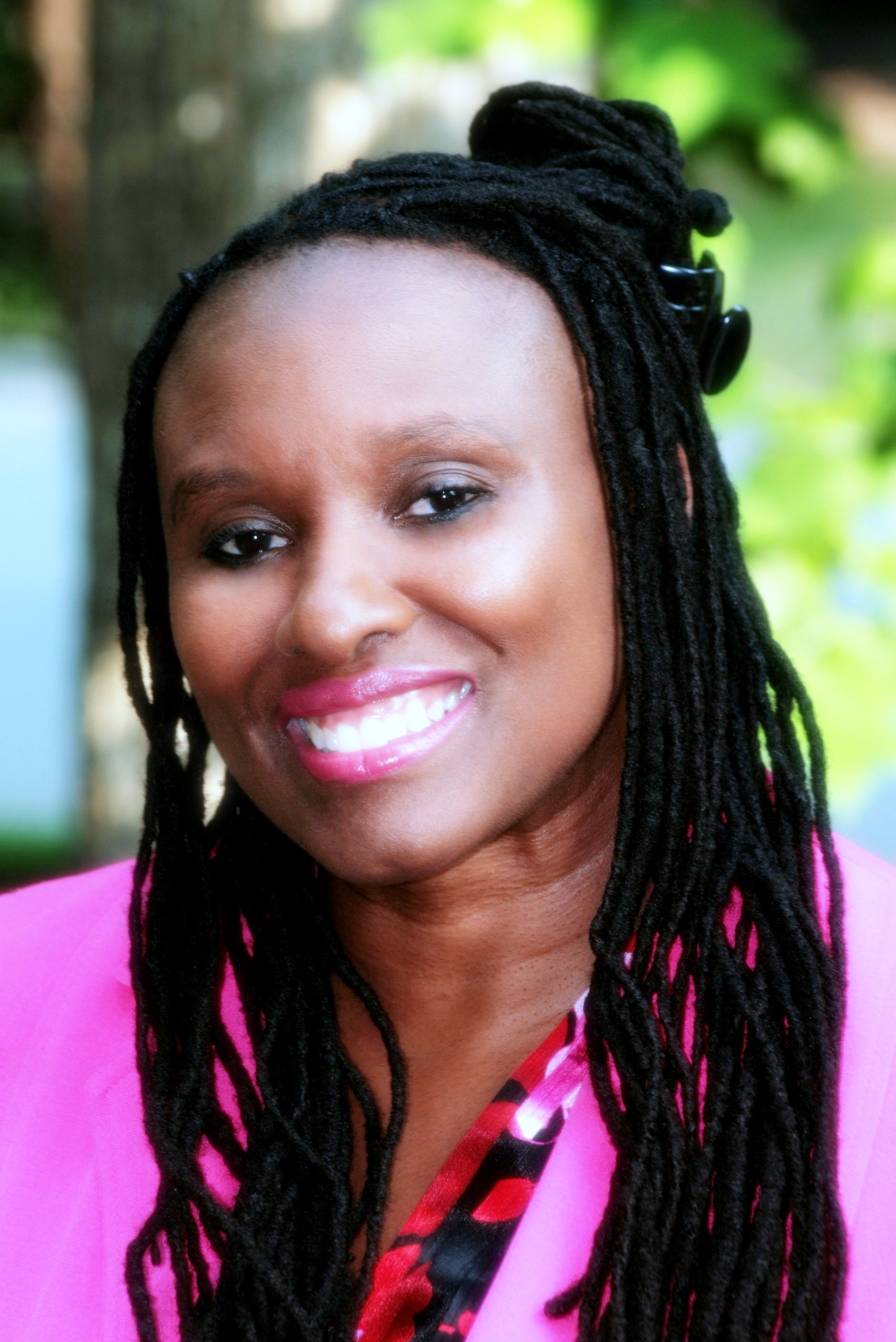
REFLECT: 365
How have you helped to move your school forward to ensure that you are serving those students who are traditionally underserved?
What dramatic results have other principals experienced as they have led successful efforts to support traditionally underserved students? In 2013, I conducted a study of 21 expert principals in three states and inquired about some of the most difficult decisions that these principals had made. About half of the principals I met with shared about leading changes in the performance of their traditionally underserved students, primarily African American and Latino students. Principals relayed how their core values, the school’s culture, the scope of the decision, and feedback from others affected their decision making. Principals developed their own professional core values based on equity and excellence which were intricately connected to their leadership decision making. Principal Zenga shared that around her core values, she will make less popular decisions and around her non-core values, she will make politically expedient decisions. Dr. Zenga’s leadership has resulted in zero failures in English for her Black and Latino students. Initially, Dr. Zenga decided to engage her faculty in data discussions about race, class and achievement. Another decision that Dr. Zenga made that contributed to closing the gap at her school was to support and develop an African American Scholars Program and purposely support moving underrepresented students of color into advanced courses.
Additionally as principals made decisions to increase the performance of traditionally underserved students, they took into consideration the culture of their respective buildings. To illustrate this connection, I examined the experiences of principals of high profile, traditional schools who made decisions in highly scrutinized environments and principals from low profile, flexible schools who made decisions in less stringent environments with fewer external pressures. Excerpts from interviews with Principal Manning, the principal of a high profile, traditional school are included here. Principal Manning made the unprecedented decision to revamp the Honors and Advanced Placement (AP) course enrollment process at her elite high school. Principal Manning stated that she felt very strongly that there were too many hurdles that prevented students, particularly African American and Latino students from accessing courses. Principals recognized that increasing the achievement of a traditionally underperforming group of students would mean making adjustments to current school practices or policies that allowed the underachievement to be perpetuated. As a result of the changes, more African American and Latino students enrolled in Advanced Placement and Honors courses and even with AP participation increasing by 30%, the percentage of students scoring 3 or above (passing) has not decreased. While Dr. Manning is knowledgeable about traditions at her school, she has also elected to support proposals for new courses and embrace changes in pedagogy that benefit traditionally underserved students.
In addition to assessing their own core values and the culture of their schools, principals reviewed potential ramifications before deciding whom to involve and how to reach collaborative solutions. In taking this whole-picture perspective, principals also considered who would be affected by their decisions. Principal Vance recounted, “I noticed I had an exorbitant amount of discipline issues that surrounded disrespect. When we surveyed the students, about 30% strongly agreed that adults treated them with respect. Only 25% of students said that students treat adults with respect.” Mr. Vance recalled viewing data from 697 respondents. There are 755 students and 47 teachers at his school. Mr. Vance could have scanned the discipline data and given a perfunctory response. Instead he chose to expand his field of attention by surveying students and implementing a strategy to address the underlying issues, one of which was students behaving disrespectfully to adults because they did not believe that adults respected them. Mr. Vance sought to discover information about perspectives that were missing from the data, namely student views. His efforts led to an improved climate in his high poverty majority minority school.
The above-mentioned vignettes elucidate cogent strategies expert principals utilized to support traditionally underserved students. As you reflect on what you have done to move your school forward and serve traditionally underserved students, consider your professional core values, your school’s culture, the scope of your decisions, the potential impact on members of your school community and the links between all of these interlocking factors (McLaughlin, 2015).
Reference:
McLaughlin, D.V. (2015). Insights: How expert principals make difficult decisions. Thousand Oaks, CA: Corwin.

Dionne V. McLaughlin, Ed.D. is an Assistant Professor -Department of Educational Leadership at North Carolina Central University. She is a British-born Jamaican educator who is an experienced bilingual elementary and high school principal. Recent Presentations: ASCD Conference on Teaching Excellence, National Association of Elementary School Principals (NAESP) and the International Conference on Urban Education (ICUE).
Contribute to REFLECT: 365.